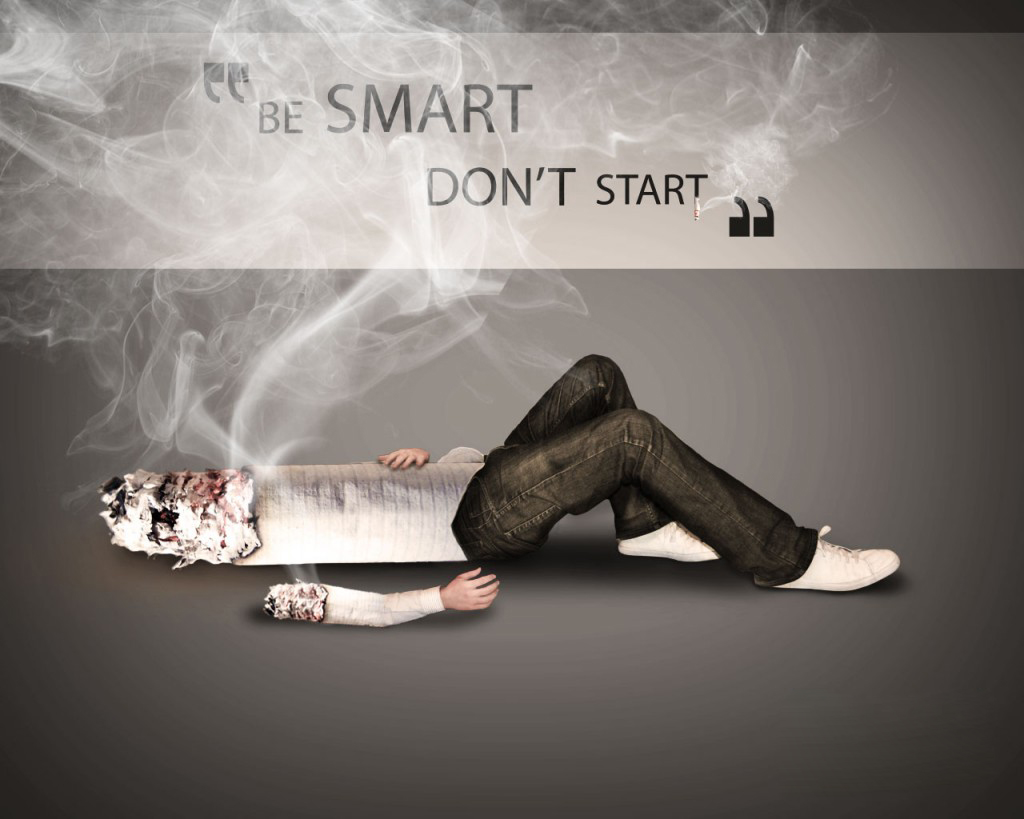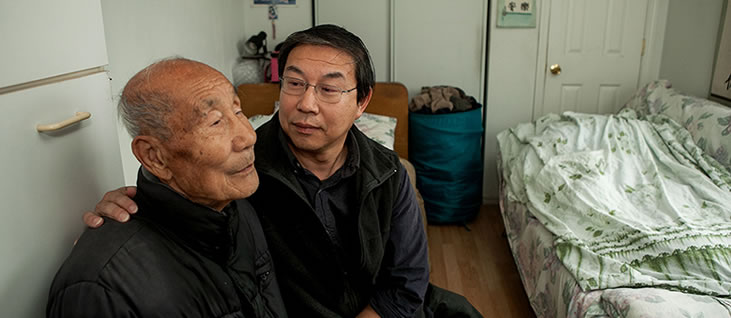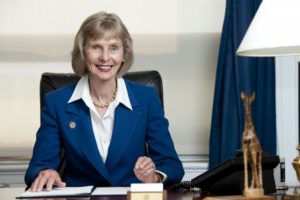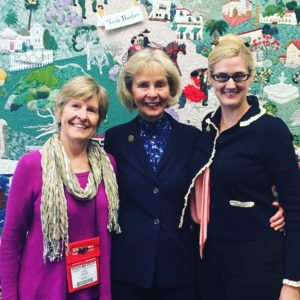The Continuing Anti-smoking Campaign
When I was a new nurse, I was among the hundreds of thousands of nurses who smoked. I can still remember sitting at the nurses’ station for a medical and cardiac intensive care unit, getting report and smoking a cigarette. Many of our patients were being treated for heart attacks, chronic lung disease, and other conditions that were the result of smoking, yet I puffed away. This was in the early 1970s and the 1964 Surgeon’s General report on the dangers of tobacco use was being refuted by the tobacco industry.
While I quit smoking for good in 1987, I’m dismayed today to see young people standing outside of bars with cigarettes in hand and mouth. I can’t understand why they are smoking but I remind myself that there is a culture that surrounds smoking and it continues to be reinforced in ways that make anti-smoking campaigns necessary.
Nurses have gone from being spokespeople for the tobacco industry to strong anti-smoking advocates. On HealthCetera on June 16th, I interview one such advocate, Linda Sarna, PhD, RN, FAAN, interim dean at the UCLA School of Nursing and co-chair of the Tobacco-Free Steering Committee at UCLA. We talk about the history and culture of smoking, why these are still relevant today, and what advocates are doing to continue to reduce the rate of smoking in this country, including universities such as UCLA creating smoke-free campuses. She also provides some tips about quitting smoking.
So tune in on June 16th to HealthCetera on WBAI, 99.5FM in New York City on streaming at www.wbai.org, for this interview on the second half of the program. Or you can listen to it anytime here:
HealthCetera is sponsored by the Center for Health, Media & Policy at Hunter College, City University of New York.
[caption id="attachment_11383" align="aligncenter" width="1024"] Source: The Quite






